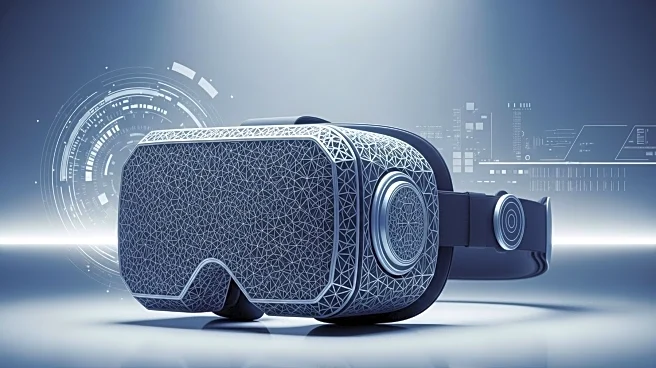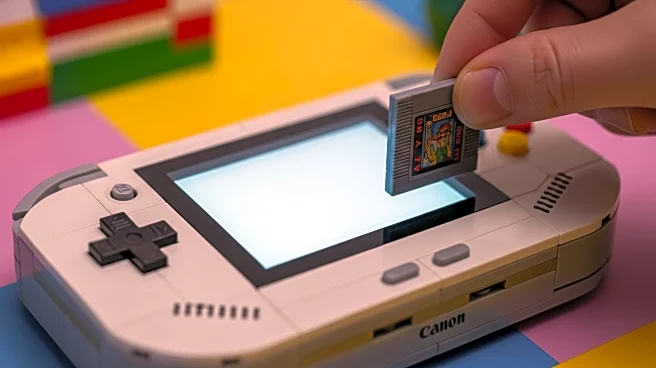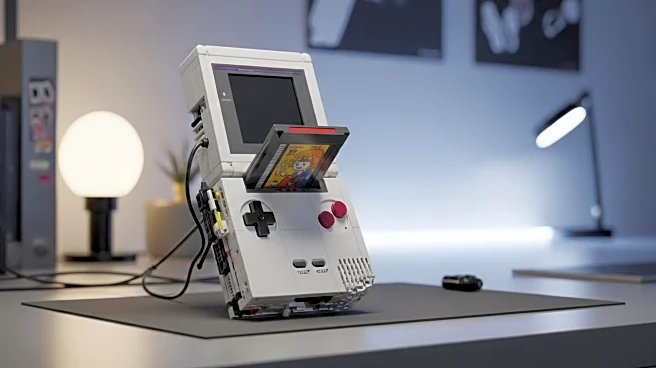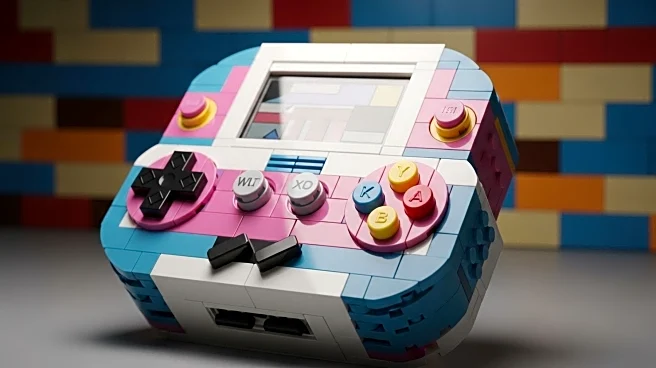What is the story about?
What's Happening?
A 3D printing enthusiast known as [CNCDan] has developed a virtual reality headset using 3D-printed components and parts sourced from AliExpress. The DIY headset features a resolution of 2880x1440p, achieved through two 1440x1440 LCD displays, one for each eye, and 34 mm lenses. The design includes adjustable interpupillary distance for personalized viewing comfort and is compatible with HTC Vive Pro headrest pads. The headset also incorporates head tracking capabilities using an IMU and Arduino. The project was completed for under $150, offering a cost-effective alternative to commercial VR units. Despite its success, [CNCDan] faces challenges with the LCD screens not running at a 90 Hz refresh rate at full resolution.
Why It's Important?
This development highlights the potential for affordable, DIY solutions in the virtual reality space, which has struggled to gain widespread consumer adoption due to high costs and lack of compelling applications. By leveraging 3D printing and accessible components, enthusiasts can create personalized VR experiences at a fraction of the cost of commercial products. This innovation could encourage more hobbyists to explore VR technology, potentially leading to new applications and increased interest in the field. It also underscores the growing trend of using open-source resources and community collaboration to advance technology.
What's Next?
The DIY VR headset project may inspire further innovation and experimentation within the maker community, potentially leading to improvements in design and functionality. As [CNCDan] continues to address the refresh rate issue, solutions could emerge that enhance the performance of DIY VR systems. Additionally, the availability of project files on platforms like Github allows other enthusiasts to replicate and modify the design, fostering a collaborative environment for technological advancement. This could lead to more accessible VR technology and broaden its appeal.
Beyond the Headlines
The project raises questions about the sustainability and scalability of DIY technology solutions in the consumer electronics market. While cost-effective, these solutions may face limitations in terms of durability and support compared to commercial products. However, they offer a unique opportunity for customization and innovation, challenging traditional manufacturing models. The success of such projects could influence how technology is developed and distributed, emphasizing the role of community-driven initiatives in shaping future tech landscapes.
AI Generated Content
Do you find this article useful?













